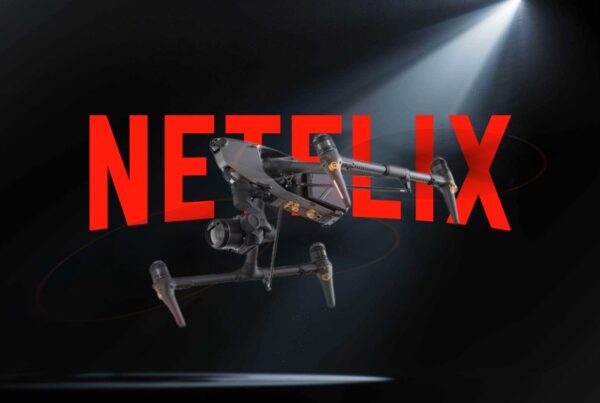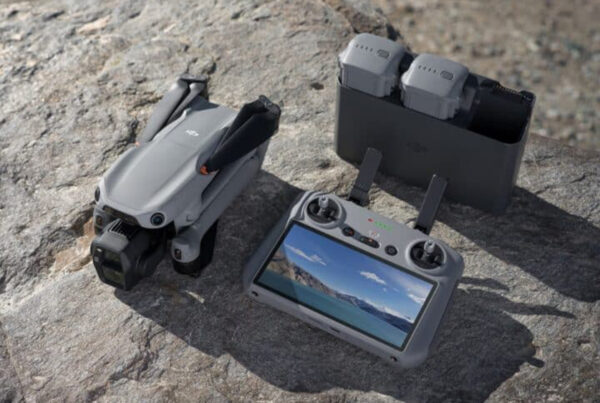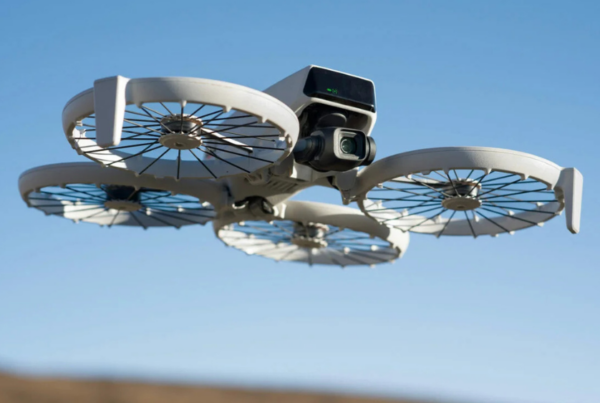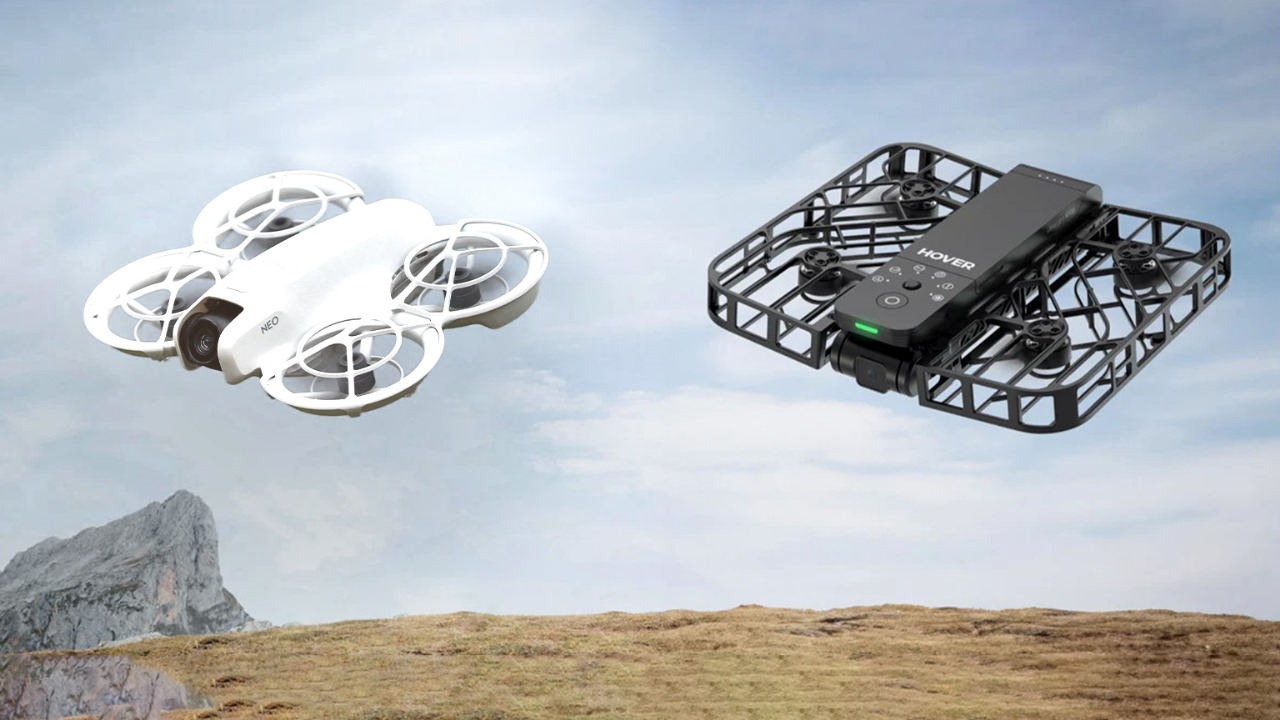
Hover Air vs. Neo Drone is what we are focusing upon, In recent years, drones have evolved from a niche tech accessory to a powerful tool for personal and professional use. Thus, we singled out two contenders in this category – the Hover Air and the DJI Neo drone. They are, therefore, equally enticing for hobbyists and professional users because each adds distinctive features and benefits. In this blog, we will discuss major differences, characteristics, performance, ease of use and everything that will assist you make a decision. The Hover Air as well as the DJI Neo drones are available at Xboom that offers you great quality drones at best prices in the market.
Design and Build Quality
Hover Air and the DJI Neo are both products aimed at mobility and user-friendliness of drones. The Hover Air is also portable due to its foldable nature which makes it a perfect travel companion or for anyone who would like to own an ultra powerful drone. The Neo drone also has good constructive design, but with the better hardware construction suitable for more rigorous operations. Where Hover Air falls somewhere between a style that is thin and sleek like. The DJI Neo feels a bit sturdier, potentially making it more suitable for adventurous shooting or more challenging weather conditions.
From the looks of it, both drones come with that corporate or professional outlook that many people admire. Where Hover Air is made from light-weight material that together with the concept of stability do not require extra weight, the DJI Neo uses strong material to make an additional layer of protection in different terrains. In deciding between these designs, one should decide which factor is more important when it comes to regular use of drones, portability or solidity.
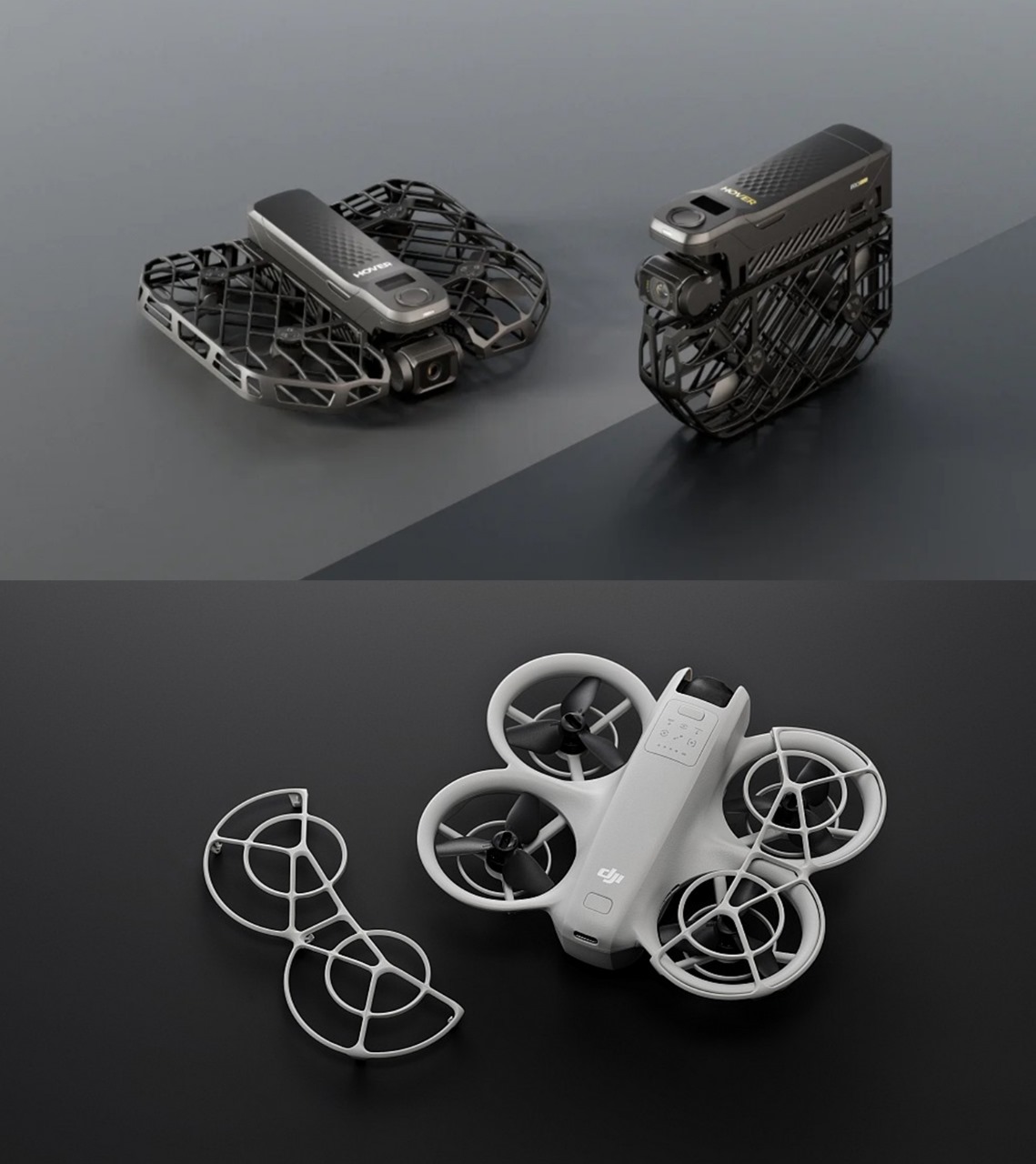
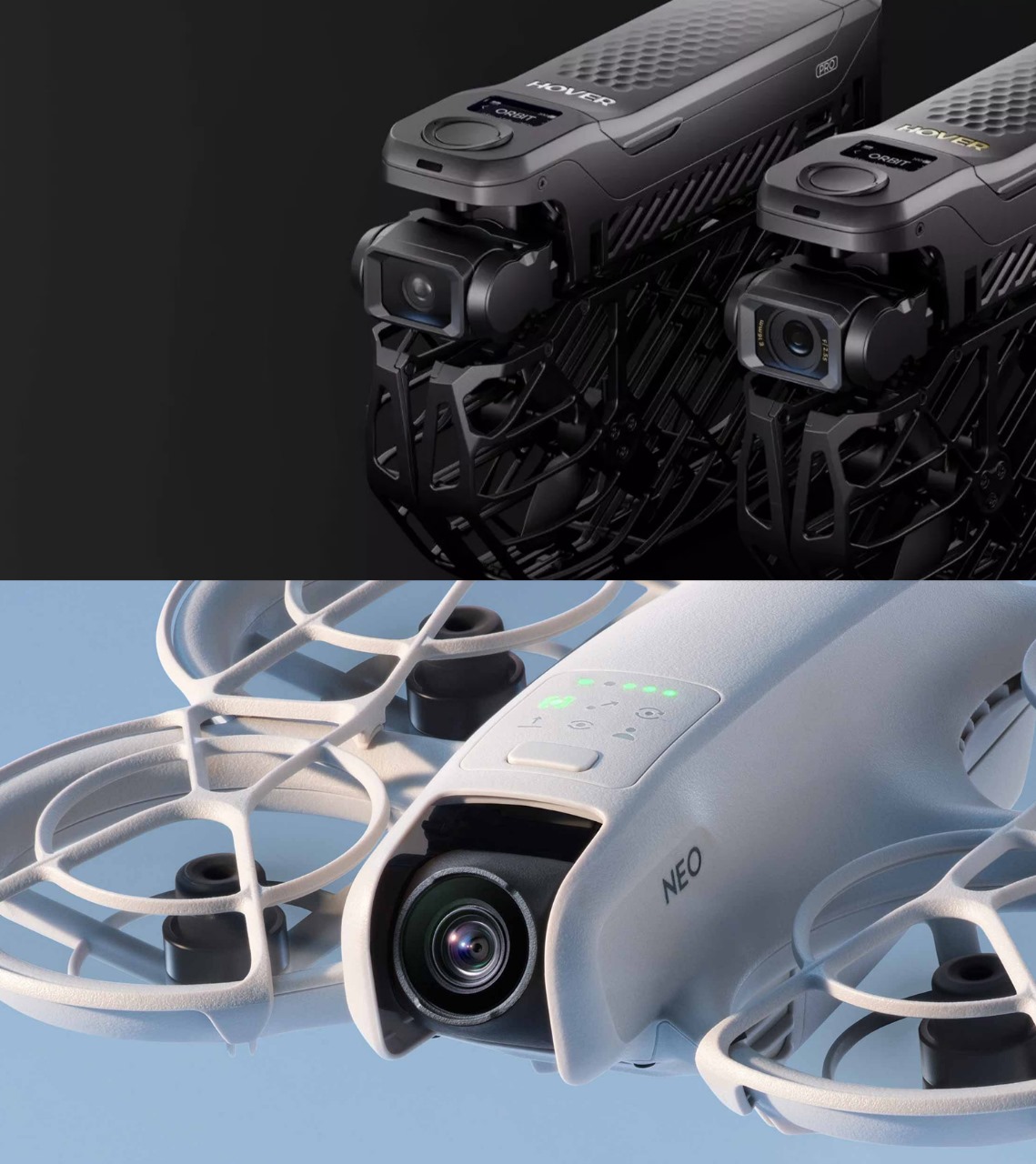
Camera Quality
Each and every drone enthusiast of the UAV device is most likely to consider one of the most crucial aspects, which is the camera quality of the gadget. Hover Air is also fitted with a 4K UHD camera that gives the drone good light and high-quality pictures. The lens is perfect for capturing landscapes; it works well in all kinds of lighting – in natural light, at dawn/dusk, at night. Neo, instead, goes a little beyond with the 4K HDR camera. The DJI Neo’s HDR tool is an important addition to the quality of the image, so it is suitable for working in extreme conditions for photographers and videographers.
Hover Air has different smart capture modes like Follow Me, Panorama, 360° shots, and more, which is great when you don’t want to adjust the camera manually to get the perfect shot. The DJI Neo has an equivalent rendering mode but extra tools such as Hyperlapse and enhancement in zoom qualities and options, facilitating a wider variety of options. If image and video quality comprise your primary consideration, you may find the DJI Neo’s HDR could make all the difference.
Battery Life and Range
Drone battery life and range are critical when operating that consumes time resulting in extended sessions. Hover Air is capable of providing rather decent battery life estimated at 12 minutes per a single charge with a radius of action reaching up to 3 kilometres; therefore, it is perfect for recreational usage. The DJI Neo beats it with 18 minutes of battery life and a range of up to 5 kilometres. For users that require a slightly longer flying time, Neo is the way to go.
Intelligent battery management is incorporated on both drones to help maximise on flight time while at the same time conserving on battery power. Even if shooting a timewith project or travelling across expansive territories, the DJI Neo’s ever so slight advantage in either battery life or range could prove useful.
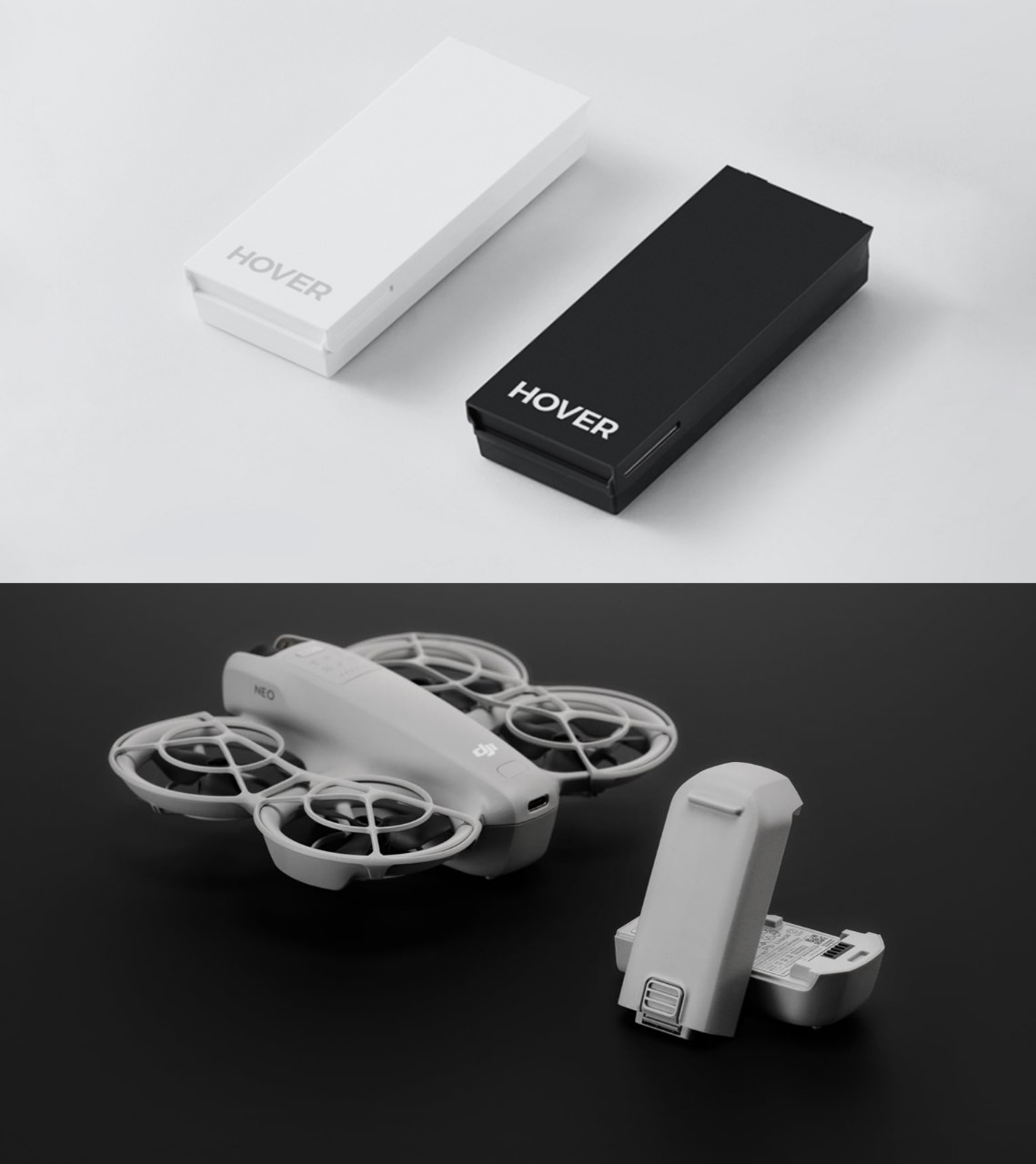
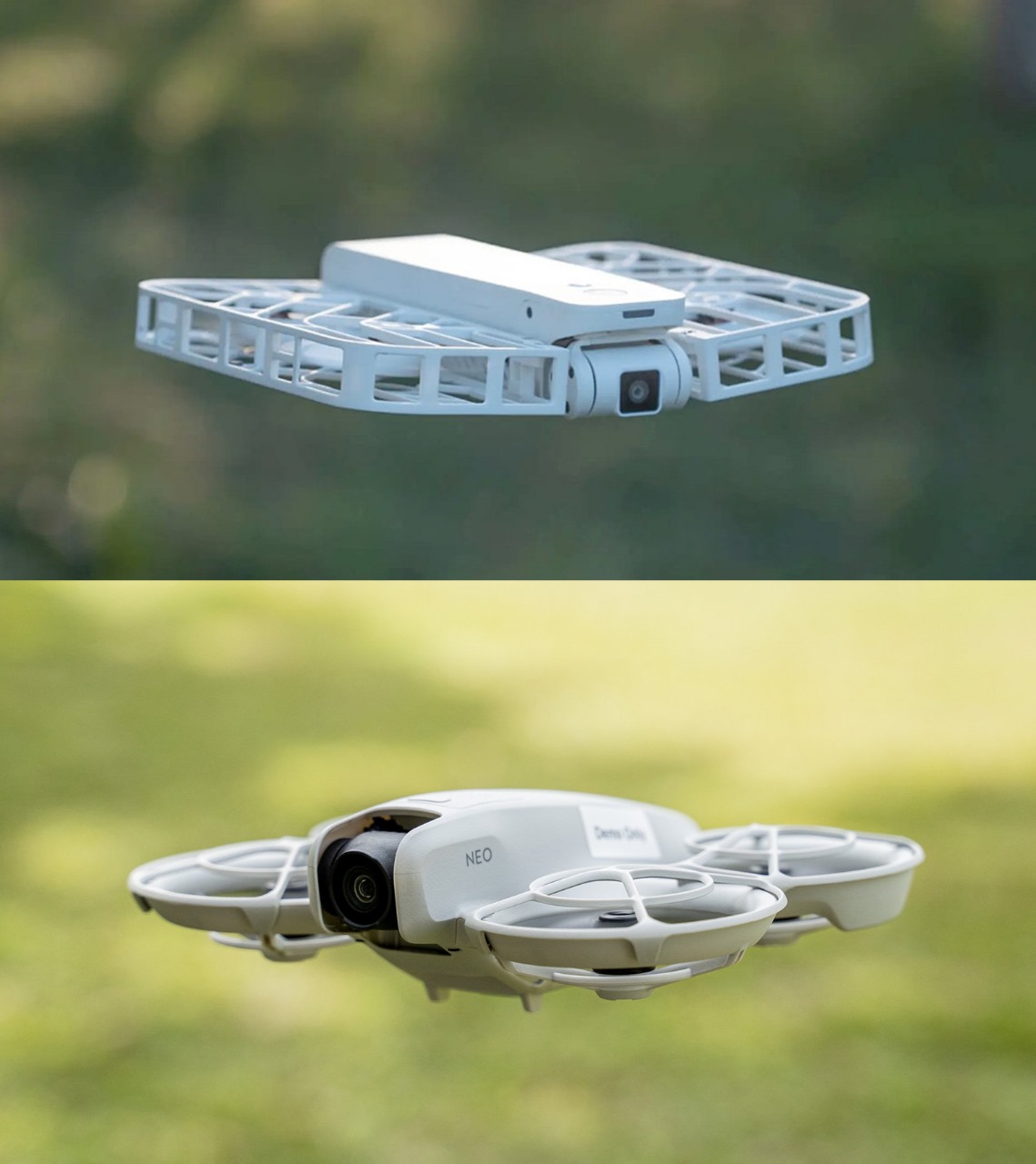
Stability
Arguably the two top drones, Hover Air, and Neo are exceptional. It also stabilises easily thanks to its advanced features that allows a first time flyer to control its movement using the GPS on the remote control. They say it’s Hover mode is very effective for capturing quality and steady images without a lot of effort. For this reason, Neo has extra sensors and GPS / GLONASS support and provides more accurate control, which ensures that adjustments will be smoother and higher, no matter the prevailing wind conditions.
This is complimented by the DJI Neo’s obstacle avoidance technology that makes it even more stable; perfect for users who intend to drive through tough terrains. Save for the difficulty in Hover Air operation, Neo is more suitable for adventurous flight as compared to the later due to its stability and obstacle avoidance.
Which Drone is Right for You?
The decision between Hover Air and the DJI Neo depends on an individual and their particulars as well as their pocket. Hover Air is for those customers who understand the importance of mobility and simplicity and appreciate the absence of a learning curve as well as an opportunity to save money. Neo, on the other hand, is designed for users who are more professional and willing to pay extra for a better camera, farther flying distance and stability.
Thus, both drones are really good and each of them has its zest. Visit the Xboom site to read more on these drones and compare costs on the specific model that fits your requirement. It’s Hover Air or the DJI Neo either way and you will be getting your hands on the best drone technology out there for breathtaking aerial photography at the best price only at xboom.in

